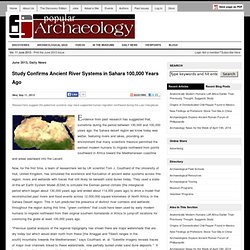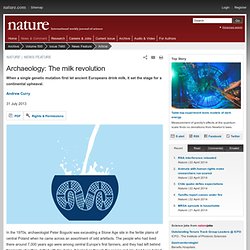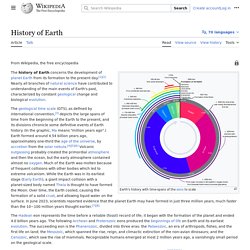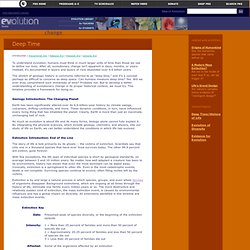

Popular Archaeology. Researchers suggest the paleoriver systems may have supported human migration northward during the Last Interglacial.

Evidence from past research has suggested that, sometime during the period between 130,000 and 100,000 years ago, the Sahara desert region we know today was wetter, featuring rivers and lakes, providing an environment that many scientists theorize permitted the earliest modern humans to migrate northward from points southward in Africa toward the Mediterranean coastline and areas eastward into the Levant. Now, for the first time, a team of researchers led by UK scientist Tom J. Coulthard of the University of Hull, United Kingdom, has simulated the existence and fluctuation of ancient water systems across this region, rivers and wetlands with traces that still likely lie beneath sand dunes today.
Those south-to-north river systems are the "Sahabi" and "Kufrah" in the east towards Egypt and the Levant, and the "Irharhar" much farther to the west. Archaeology: The milk revolution. In the 1970s, archaeologist Peter Bogucki was excavating a Stone Age site in the fertile plains of central Poland when he came across an assortment of odd artefacts.

The people who had lived there around 7,000 years ago were among central Europe's first farmers, and they had left behind fragments of pottery dotted with tiny holes. It looked as though the coarse red clay had been baked while pierced with pieces of straw. Looking back through the archaeological literature, Bogucki found other examples of ancient perforated pottery. “They were so unusual — people would almost always include them in publications,” says Bogucki, now at Princeton University in New Jersey. He had seen something similar at a friend's house that was used for straining cheese, so he speculated that the pottery might be connected with cheese-making. Free podcast Mark Thomas talks about human evolution and the rise of dairying. Strong stomachs The single-nucleotide switch in Europe happened relatively recently.
Oldest Grave Decorated With Flowers Discovered In Israel. As incredible as it sounds, humans have been decorating the graves of their loved ones for thousands of years, according to research about a recently unearthed burial site discovered in Israel.

The discovery was made in an area of what is now Mount Carmel, Israel, that since 2004 has yielded hundreds of skeletons belonging to the Natufian people of the Mesolithic era, according to National Public Radio. Evidence of flowering plants was discovered among four of these remains, which botanists believe were lined with scented plants including sage and mint about 12,000 years ago. History of the Earth. Development of planet Earth from its formation to the present day The history of Earth concerns the development of planet Earth from its formation to the present day.[1][2] Nearly all branches of natural science have contributed to understanding of the main events of Earth's past, characterized by constant geological change and biological evolution.

The Hadean eon represents the time before a reliable (fossil) record of life; it began with the formation of the planet and ended 4.0 billion years ago. The following Archean and Proterozoic eons produced the beginnings of life on Earth and its earliest evolution. Evolution: Change: Deep Time. To understand evolution, humans must think in much larger units of time than those we use to define our lives.

After all, evolutionary change isn't apparent in days, months, or years. Instead, it's documented in layers and layers of rock deposited over 4.6 billion years. The stretch of geologic history is commonly referred to as "deep time," and it's a concept perhaps as difficult to conceive as deep space. Can humans measure deep time? Yes. Geology Introduction: The Changing Planet Earth has been significantly altered over its 4.6-billion-year history by climate swings, volcanism, drifting continents, and more. As much as evolution is about life and its many forms, biology alone cannot fully explain it.
Found after 10,000 years: the world’s first calendar - News - Archaeology. The discovery is based on a detailed analysis of data from an archaeological site in northern Scotland – a row of ancient pits which archaeologists believe is the world’s oldest calendar.

It is almost five thousand years older than its nearest rival – an ancient calendar from Bronze Age Mesopotamia. Created by Stone Age Britons some 10,000 years ago, archaeologists believe that the complex of pits was designed to represent the months of the year and the lunar phases of the month. They believe it also allowed the observation of the mid-winter sunrise – in effect the birth of the new year – so that the lunar calendar could be annually re-calibrated to bring it back into line with the solar year.